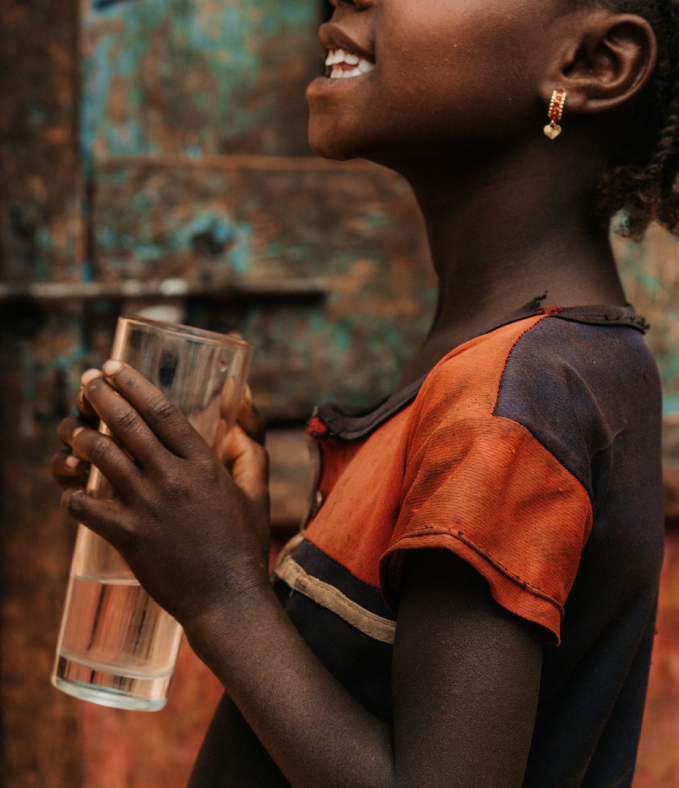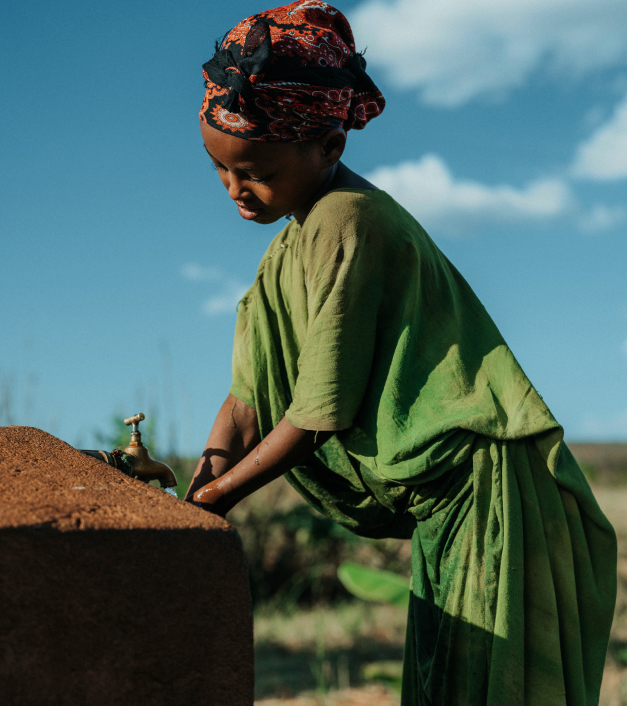How the Water Crisis in Ethiopia Affects Daily Life
The Ethiopia water crisis is not just about thirst—it’s about the daily struggle for survival. In many rural communities, clean water is miles away, requiring hours of walking each day to collect enough for cooking, drinking, and washing. This burden often falls on women and children, who carry heavy containers back home from unsafe, unprotected sources like rivers, ponds, or shallow hand-dug wells. What should be a basic human right becomes a time-consuming, physically demanding task that limits opportunities for work, learning, or rest.
Waterborne diseases are also a constant threat. Families are often forced to drink from sources shared with livestock or contaminated by runoff, leading to repeated cases of diarrhea, typhoid, and parasitic infections. In areas most affected by the Ethiopia water crisis, healthcare facilities themselves often lack running water and proper sanitation—making it nearly impossible to treat patients or prevent the spread of illness. Hygiene practices, especially during childbirth or illness, become high-risk due to the lack of clean water.
Beyond health and time, the crisis erodes dignity. Clean water is essential for bathing, cooking, and maintaining basic cleanliness. When communities don’t have access to safe water, it reinforces cycles of poverty and social isolation. The inability to wash clothing, maintain hygiene, or provide clean drinking water for children creates a sense of helplessness and despair. In these areas, addressing the Ethiopia water crisis is about restoring not just physical health, but also dignity and hope for a better life.


